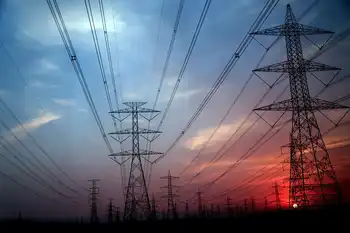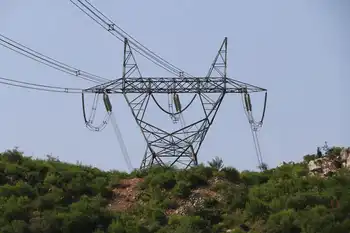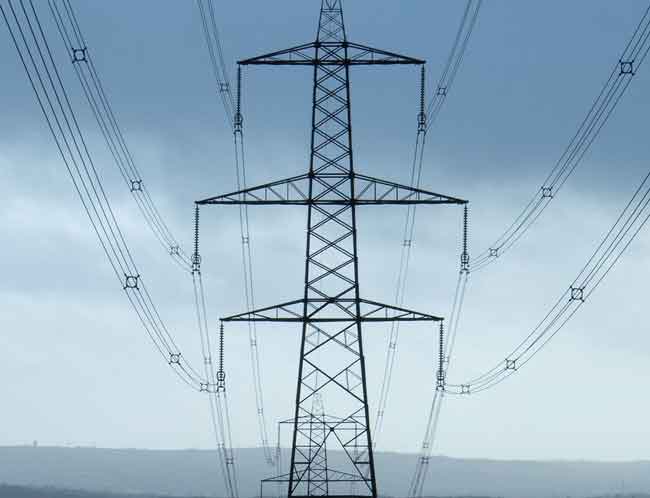WeÂ’re (kind of) green
By Globe and Mail
Protective Relay Training - Basic
Our customized live online or in‑person group training can be delivered to your staff at your location.

- Live Online
- 12 hours Instructor-led
- Group Training Available
Canadian households shoulder nearly half of the responsibility for greenhouse gasses emitted into the atmosphere by the nation, most of which come from the gas our vehicles guzzle, the electricity we use and the products we buy, the study on household greenhouse-gas emissions suggests.
The other report, on environmental behaviour, says 45 per cent of Canadians are very environmentally active and another 45 per cent are considered moderately active in their day-to-day lives. About 97 per cent of Canadians with access to recycling programs take advantage of them, but only 30 per cent compost. The study looked at four other environmentally friendly behaviours displayed in 2006 and found that 59 per cent of Canadians screwed in fluorescent light bulbs and 56 per cent installed low-flow showerheads.
A further 54 per cent turned down the thermostat and 37 per cent used less toilet water.
The greenhouse-gas emissions report focused on how choices Canadians make in their daily lives affect industry and the emissions released into the biosphere as a result. According to the report, Canadian households are responsible for 13 per cent of the nation's 24.5-per-cent increase in greenhouse-gas emissions from 1990 to 2004.
Consumption of motor fuel tops the list of direct impacts Canadians have, accounting for one-third of household emissions, study co-author Joe St. Lawrence says. We're also indirectly contributing by purchasing produce shipped from far-flung locales, neglecting to turn our thermostats down, eating in restaurants, staying in hotels and buying motor lubricants, he says.
Environmental activists say these data prove Canadians are taking steps to become more environmentally friendly, but they're baby steps. And too many people still think one tiny step is enough to save our planet for the future, says Adria Vasil, author of Ecoholic: Your Guide to the Most Environmentally Friendly Information, Products and Services in Canada.
"We like doing the easy stuff like screwing in a compact fluorescent light bulb and getting a low-flow shower head, but I think this [study] gives us an opportunity to take a cold, hard look in the mirror and think, 'Okay, what can my household do?'" she says.
Many Canadians blame the government and the energy industry, she says, and often fail to look at the many things they could do themselves, such as driving less.
But Canadians should be blaming government officials who have the power to ban water-glugging items such as 30-litre toilets, and who pour cash into transit infrastructure, says Beatrice Olivastri, chief executive officer of Friends of the Earth Canada.
"The environmental behaviours report tells us about the things that are on our menu now, offered. The greenhouse-gas emissions touches on those that are, quite honestly, not well offered to our citizens," she says. "The determination we need to exert here are the standards and commitments [offered] by government."
The two studies standing side by side send mixed messages about how well Canadians are doing in efforts to shrink our bloated eco-footprint, says Matthew Bramley, director of climate change for the Pembina Institute in Gatineau, Que.
"It would be certainly misleading for people to say individuals are primarily responsible for these greenhouse-gas emissions," he says. And though the argument that consumer demand is driving industry's production may "be a defensible position, what matters more is who has the tools to address those emissions?"
And what about life beyond the blue bin?
"There's a wide appetite to do the things we can do as individuals," he says. "It's important for us to not be blaming ourselves as individuals too much here and keep our eye on what government is doing."











